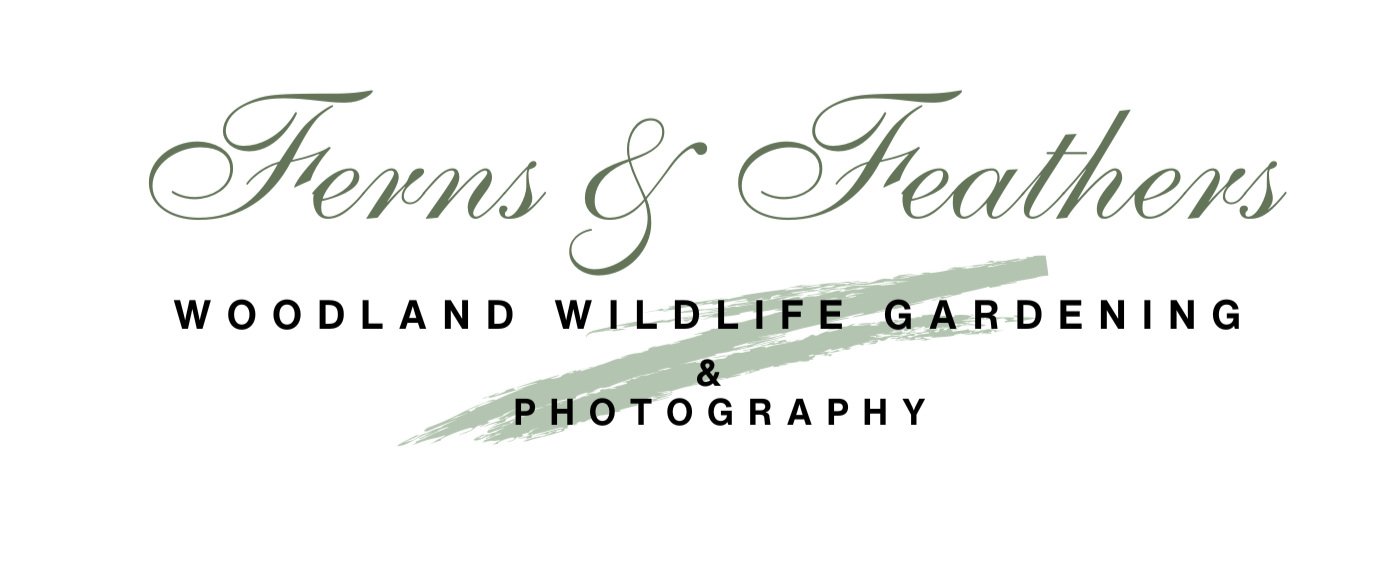Yellow lady slipper orchids in the garden
Where to purchase hardy Yellow Lady Slippers and how to grow them in the garden
I’ve always had a thing about Lady Slipper orchids. In my earlier years, I spent a lot of time and effort driving all over the area searching out these elusive wild orchids in the forests and wetlands in the area.
Among my favourites were the delicate and truly lovely Yellow Lady slippers.
Some of my best photographic images, in fact, were taken in a nearby cedar bog where the yellow orchids (Cypripedium parviflorum) grew alongside showy ladyslippers. They bloomed in early June and my buddy and I could only stand a half hour or so in the cedar swamp before the mosquitoes and who knows what else ate us alive.
I have not been back to see if the wild orchids are still growing there, but I suspect they have been dug up by gardeners thinking they can grow them in their own yards. Or, maybe even worse, the bog has been drained in the name of progress.
Both are big mistakes, but I want to emphasize that digging these rare wild orchids is almost criminal. For more on why you should never dig wild plants, see my earlier post here.
Not only is it rare for these orchids to survive in a completely different environment than what they were growing in – a heavy cedared bog – many of these orchids need a fungi present in the soil to survive, or at least prosper.
The beauty of wild orchids
Growing hardy native orchids is possible but not for the faint of heart.
And don’t take my word for it. Frasers Thimble Farms, an expert orchid grower on Salt Springs Island on Vancouver Island in Canada states on their website this about growing any hardy Lady Slipper orchid: “The most beautiful of all the Hardy Ground Orchids are the Lady Slippers, however, they are not the easiest plants to grow. Frequently, people need several attempts before mastering their cultivation. In cultivation, many have success growing them in pure perlite or in pots with a mix of equal parts of peat, sand and perlite. In nature, they often grow in bogs, but they tend not to like soggy conditions. Until recently it was not known how to germinate the seed of these beauties, but a few people (labs) have worked out how to in sterile medium (including us now). … We will also have a small selection of mature single eyed divisions of garden grown plants (mature plants). We have also recently begun to sell large plants with two growth points ( double eyed Divisions).
In speaking to Richard Fraser this week via email, he reports that: Yes, in fact, “we grow lady slippers. A few species and a few hybrids. We have been shipping them in the Fall but we don’t ship in the spring anymore. We no longer sell young plants in culture ( still in the test tubes) as the mortality rate was too high. We sell 4-5-6-year-old plants that are near or at bloom size and a few 7-8-year-old plants that are a little larger. We no longer ship to the USA.
Okay, so they are available but at a cost. Expect to pay upward of $100 Cdn with shipping for a mature plant.
Frasers Thimble Farms only sells to Canadian purchasers. There are U.S.-based sellers who grow in labs that only sell to US-based buyers. One mail-order seller is Great Lakes Orchids who have a long history of lab-cultivated hardy orchids. Check on-line for more, if you are interested.
I am sure that an on-line search will also bring up European sellers as well.
How to grow hardy Lady Slipper Orchids
Great Lakes Orchids website has an outstanding comprehensive website page about how to grow a variety of specific hardy Lady slipper orchids. This information is critical for anyone who is thinking of trying their hand at growing these orchids. Go here to see their recommendations on growing orchids.
For example, on Yellow Lady Slippers they recommend the following:
“Existing on a variety of soil compositions, but generally requires a slightly acidic condition, PH 5.5 is typical. It can be found in openings in hardwood forests, androadside ditches, and grassy fields, but the common denominator is PH, PH=5.5
Enjoys full morning sun with high dappled shade in the hot afternoon. Tolerates moisture but sites should be well drained. Can be found on gradients and slopes that provide good drainage. Common name: Small Yellow Lady Slipper.
Recommended soil mix: MetroMix 560 SunCoir, amended PH to 5.5. CEC=medium
Fertilization: Enjoys regular feedings of ¼ strength fertilizer. We use water soluble fertilizer. Stop fertilizing when flowers open.
Water: Typical water supply, city, well, rain water, etc. Municipal chlorine and fluoride are not a problem in any way, they’re fine.
Fungus control: Use a systemic fungicide as per labeled directions
Overwintering: Protect dormant eyes and buds from mice, voles, and squirrels. Hardware cloth may be used; remove early in spring before they break dormancy in spring.”
East-coast seller to check out
In Canada, an East-coast seller that looks promising is Bunchberry Nurseries that is offering an impressive assortment of Lady Slippers. Jill Covill, owner of Bunchberry Nurseries says that her company does ship orchids to Canadian customers. Jill says customers should go to the website and e-mail her directly to order their favourite Lady Slippers.
Bunchberry Nurseries grow all their Lady Slippers from seed. Check out their website for more information.
My experiment growing hardy Lady Slipper Orchids
Back to my personal experience with these orchids. When I was photographing these orchids in the wild, I never thought I could grow the yellow Lady Slipper in my own garden.
Years later, I was surprised to find out I was able to purchase a Yellow lady slipper from a specialty nursery about an hour from my home. Unfortunately they are no longer in business.
The nursery took advantage of new cutivation methods of native Lady slippers. These Lady slippers orchids – like the orchids that are only recently readily available in every grocery store, nursery and many big box stores – are beginning to get a little more common in gardens as a result of the new scientific cultivation through root cuttings.
Without getting into specifics, cultivating and bringing these cold-hardy varieties remains a painstaking task, which helps explain their high cost.
If cultivating them was difficult, growing them successfully can be even more difficult, depending on a number of factors not the least of which is your garden’s soil, lighting conditions and planting locations.
While I’m saying that growing these orchids can be extremely difficult, I’m also aware that some people have enormous success growing these orchids in their garden. I think it’s a combination of the right soil, location and care, with a fair bit of knowledge and dedication.
I am certainly not an expert Lady slipper grower but have managed to keep the lady slipper alive for several years despite only getting a single bloom a few years back. My guess is that if I don’t do something soon to turn it around, I may end up losing the plant.
So, I’ve decided that this year is going to be the year of the rejuvenation of my Yellow Lady slipper. Once the plant emerges this spring, I plan to dig it up and replant it into a container where I can control the environment where it is growing, including soil, fertilization, sun and water.
I know a lot of readers are going to tell me that they have successfully grown wild orchids for years in their gardens, especially those in the maratimes where Moccasin flowers (Cypripedium acaule, also known as the pink lady's slipper) can grow like weeds in some areas, but here in southern Ontario and I’m guessing the American north east, growing wild orchids is hit and miss and more miss than hit.
Unlike the Moccasin flower, the Yellow Lady Slipper can be more easily grown in a garden setting.
My goal is to get our yellow Lady Slipper to a healthy stage where I can actually divide the clump and begin to enjoy more of these outstanding woodland plants.
If planted in a favourable location with good soil etc, these plants can prosper and form large clumps which can be divided and spread throughout the garden.
I’ll keep readers informed of my progress over the spring and summer.
Stay tuned for more on my Yellow Lady Slippers.
If you are looking for more information on Native Orchids, you might want to purchase Native Orchids of the Southern Appalachian Mountains. (Amazon Link) It’s available both in hard cover an in a kindle version and is considered an authoritative guide showcasing the diversity of the native orchids of the southern Appalachian mountains. The book covers the 52 species--including one discovered by the author and named after him –found in a region encompassing western Virginia and North Carolina and eastern West Virginia, Kentucky, and Tennessee.
If you would like to purchase the book from Alibris (an umbrella group of small book sellers in The US and Canada you can go press on this link. These book sellers often offer outstanding deals on used copies of the books and are highly recommended.





